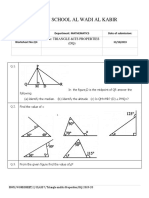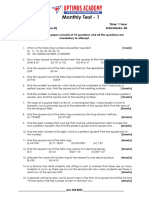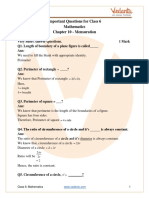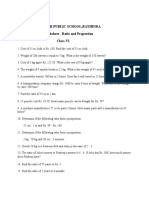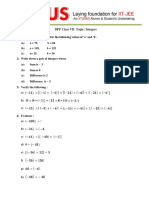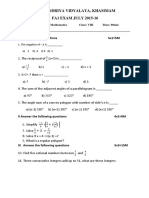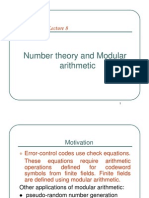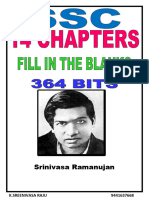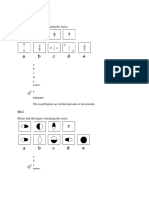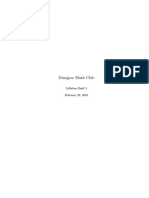0% found this document useful (0 votes)
1K views3 pagesClass6 CBSE Maths Prime Time
The document is a Class 6 mathematics worksheet focusing on prime numbers, factors, multiples, and divisibility. It includes multiple-choice questions, fill-in-the-blank exercises, true or false statements, and problem-solving tasks related to these concepts. Additionally, it features a practical activity involving a game to reinforce understanding of factors and multiples.
Uploaded by
ladanimuktaben14Copyright
© © All Rights Reserved
We take content rights seriously. If you suspect this is your content, claim it here.
Available Formats
Download as PDF, TXT or read online on Scribd
0% found this document useful (0 votes)
1K views3 pagesClass6 CBSE Maths Prime Time
The document is a Class 6 mathematics worksheet focusing on prime numbers, factors, multiples, and divisibility. It includes multiple-choice questions, fill-in-the-blank exercises, true or false statements, and problem-solving tasks related to these concepts. Additionally, it features a practical activity involving a game to reinforce understanding of factors and multiples.
Uploaded by
ladanimuktaben14Copyright
© © All Rights Reserved
We take content rights seriously. If you suspect this is your content, claim it here.
Available Formats
Download as PDF, TXT or read online on Scribd
/ 3






















